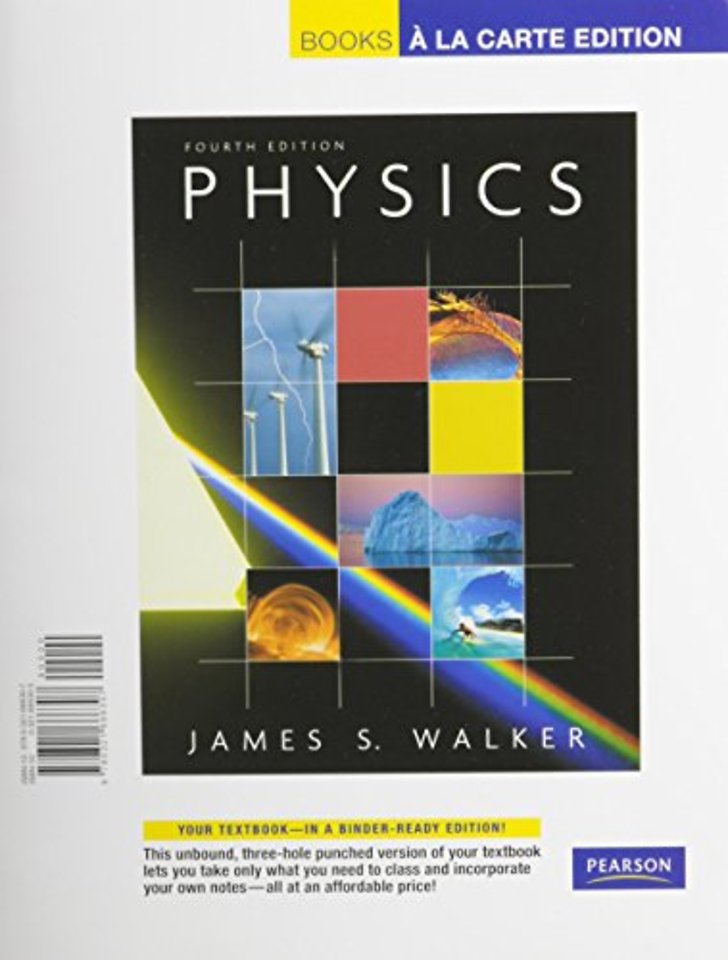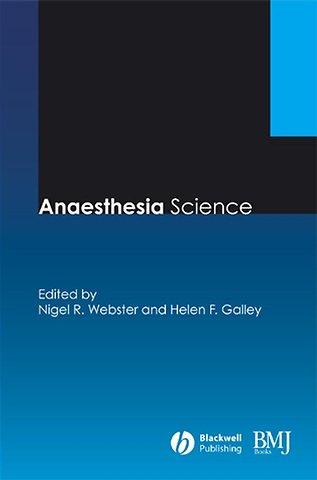Anaesthesia Science
Samenvatting
Anaesthesia Science presents the scientific foundations upon which the clinical practice of anaesthesia and care of the critically ill are based.
Written on the basis that basic science underlies the practice of anaesthesia
Contributors include some of the world s most eminent anaesthesiologists
Provides coverage on less well appreciated aspects of the subject, such as the microcirculation, multi–organ failure, and the theory of pain
Thoroughly integrates the clinical practice of anaesthesia with basic sciences, providing all the information needed in one convenient source
Based on the Fellowship of the Royal College of Anaesthetists (FRCA) syllabus and aimed at trainee anaesthetists preparing for the FRCA, the European Diploma of Anaesthesiology and other equivalent examinations.
Specificaties
Inhoudsopgave
<p>1 Pharmacokinetic principles.</p>
<p>Michel MRF Struys, Alain Kalmar and Peter De Paepe.</p>
<p>2 Pharmacodynamics.</p>
<p>Susan Hill.</p>
<p>3 Pharmacogenomics.</p>
<p>Amr Mahdy.</p>
<p>4 Receptors and second messenger systems.</p>
<p>Thomas Engelhardt.</p>
<p>5 Anaphylaxis.</p>
<p>Michael Rose and Malcolm Fisher.</p>
<p>6 Refl ections on chirality.</p>
<p>Daniel Burke.</p>
<p>7 Ion channels.</p>
<p>George Lees, Leanne Coyne and Karen M. Maddison.</p>
<p>8 Immunosuppression.</p>
<p>Roxanna Bloomfield and David Noble.</p>
<p>9 Mechanisms of anaesthesia: a role for voltage–gated K channels?.</p>
<p>Peter Århem, Kristoffer Sahlholm and Johanna Nilsson.</p>
<p>10 Use and abuse of antibiotics.</p>
<p>Jeremy Cohen and Jeffrey Lipman.</p>
<p>Part 2: Physiology.</p>
<p>11 Infl ammation and immunity.</p>
<p>Helen F. Galley.</p>
<p>12 Shock: pathogenesis and pathophysiology.</p>
<p>Anand Kumar.</p>
<p>13 Cellular physiology.</p>
<p>Nigel R. Webster.</p>
<p>14 Acid base balance: albumin and strong ions.</p>
<p>John A. Kellum.</p>
<p>15 Fluids and electrolytes.</p>
<p>Martin Kuper and Neil Soni.</p>
<p>16 The microcirculation.</p>
<p>Bryce Randalls.</p>
<p>17 Respiratory physiology at the molecular level.</p>
<p>Andrew Lumb.</p>
<p>18 Non–respiratory functions of the lung.</p>
<p>Andrew Lumb and Susan Walwyn.</p>
<p>19 The brain as a site of infl ammation after acute injury.</p>
<p>Jonathan Rhodes and Peter Andrews.</p>
<p>20 Heart failure.</p>
<p>Sze–Yuan Ooi, Christopher Pepper and Stephen Ball.</p>
<p>21 The hormonal and metabolic response to anaesthesia, surgery and trauma.</p>
<p>Grainne Nicholson and George M. Hall.</p>
<p>22 Temperature regulation.</p>
<p>Anita Holdcroft.</p>
<p>23 Theories of pain.</p>
<p>Lesley Colvin.</p>
<p>24 Neuromuscular transmission and function.</p>
<p>Andrew D. Axon and Jennifer M. Hunter.</p>
<p>Part 3: Clinical measurement.</p>
<p>25 Magnetic resonance imaging.</p>
<p>Fiona J. Gilbert and Thomas W. Redpath.</p>
<p>26 Nanotechnology.</p>
<p>The Nanotechnology Study Group, University of Aberdeen.</p>
<p>27 Assessment of the cardiovascular system.</p>
<p>Charles S. Reilly.</p>
<p>28 Assessment of respiratory function.</p>
<p>Stuart Murdoch.</p>
<p>29 Monitoring the depth of anaesthesia.</p>
<p>Praveen Kalia.</p>
<p>30 Research study design.</p>
<p>John Robert Sneyd</p>

